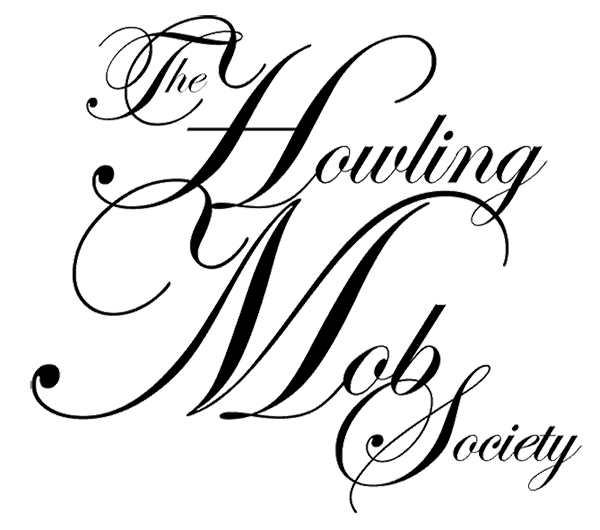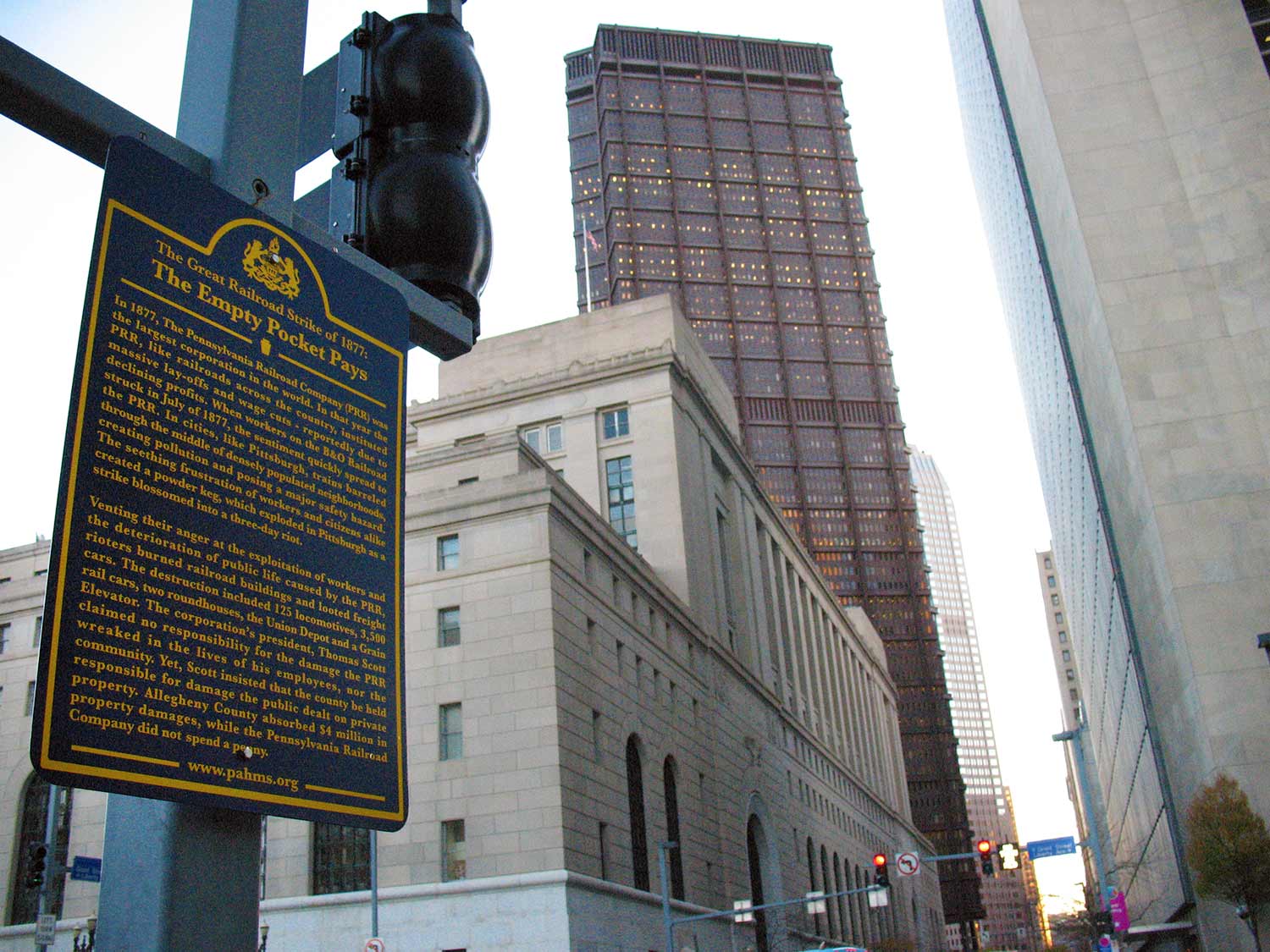
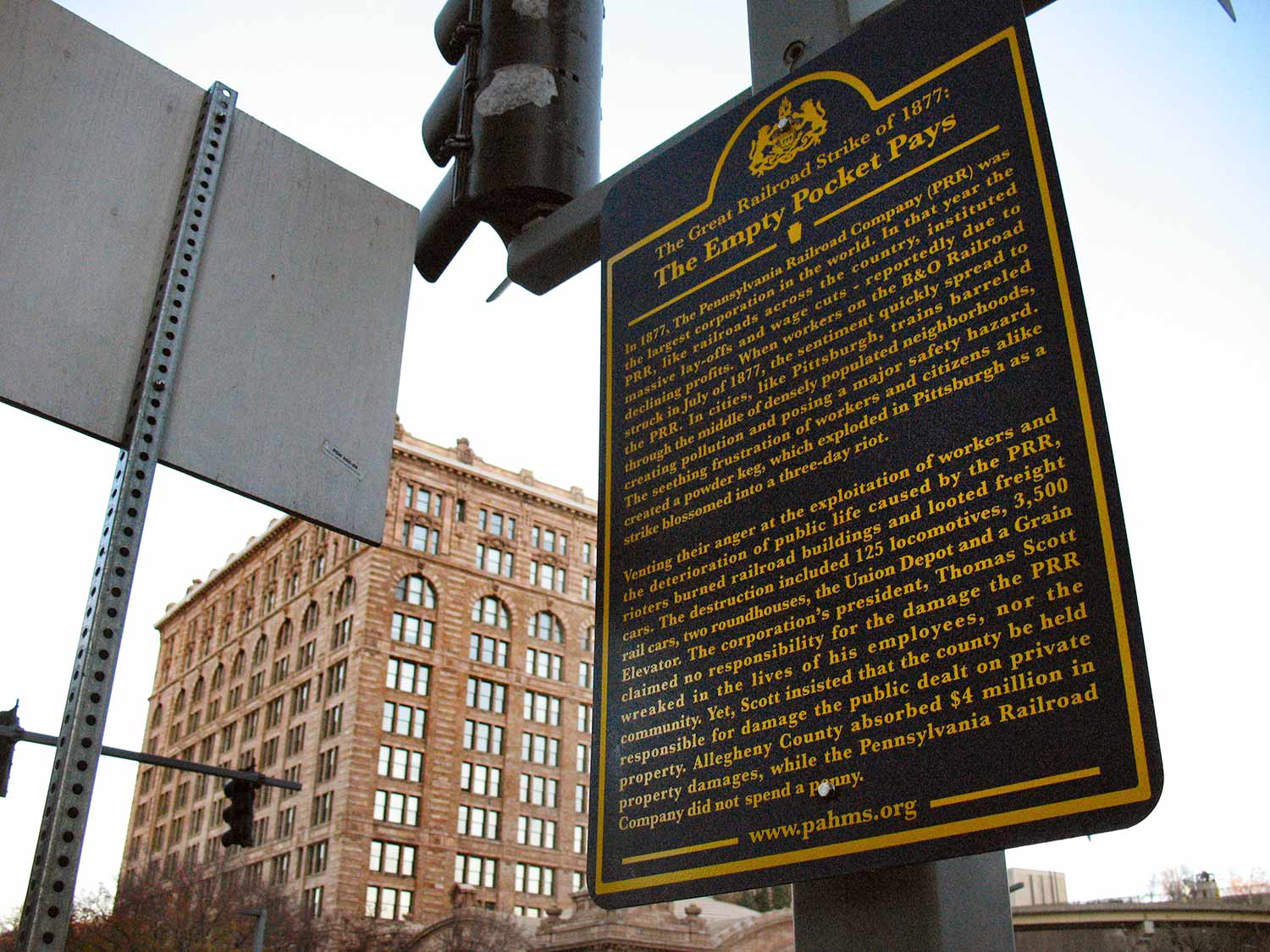
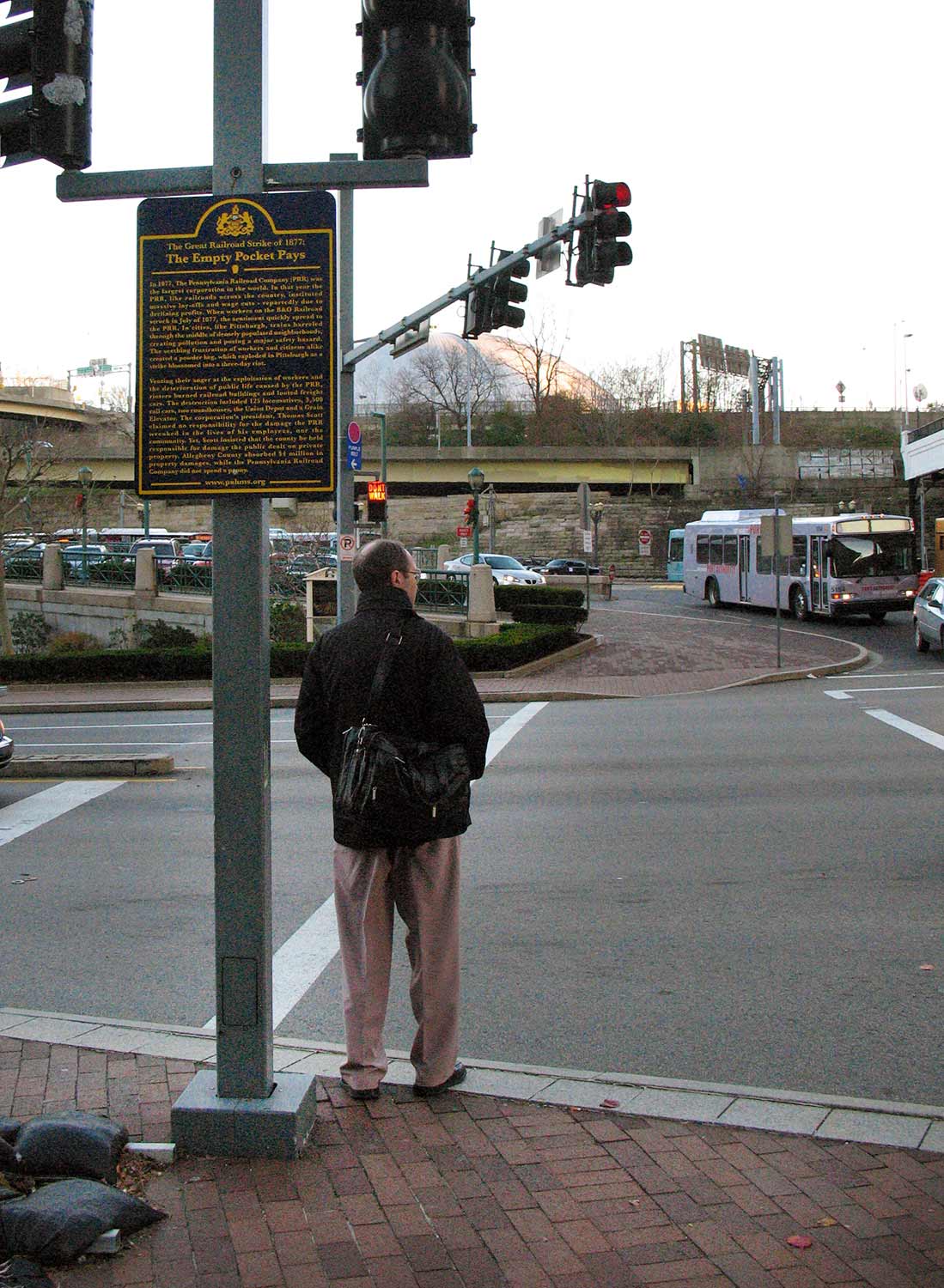
The Empty Pocket Pays
![]()
In 1877, The Pennsylvania Railroad Company (PRR) was the largest corporation in the world. In that year the PRR, like railroads across the country, instituted massive lay-offs and wage cuts—reportedly due to declining profits. When workers on the B&O Railroad struck in July of 1877, the sentiment quickly spread to the PRR. In cities, like Pittsburgh, trains barreled through the middle of densely populated neighborhoods, creating pollution and posing a major safety hazard. The seething frustration of workers and citizens alike created a powder keg, which exploded in Pittsburgh as a strike blossomed into a three-day riot.
Venting their anger at the exploitation of workers and the deterioration of public life caused by the PRR, rioters burned railroad buildings and looted freight cars. The destruction included 125 locomotives, 3,500 rail cars, two roundhouses, the Union Depot and a Grain Elevator. The corporation’s president, Thomas Scott claimed no responsibility for the damage the PRR wreaked in the lives of his employees, nor the community. Yet, Scott insisted that the county be held responsible for damage the public dealt on private property. Allegheny County absorbed $4 million in property damages, while the Pennsylvania Railroad Company did not a spend penny.
![]()
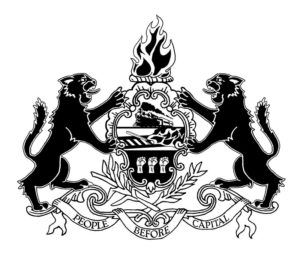
Location
Liberty Avenue where Grant Street begins, downtown Pittsburgh: 40.44397, -79.99388
Current State
This historical marker was removed during renovations to an adjacent plaza c.2016
